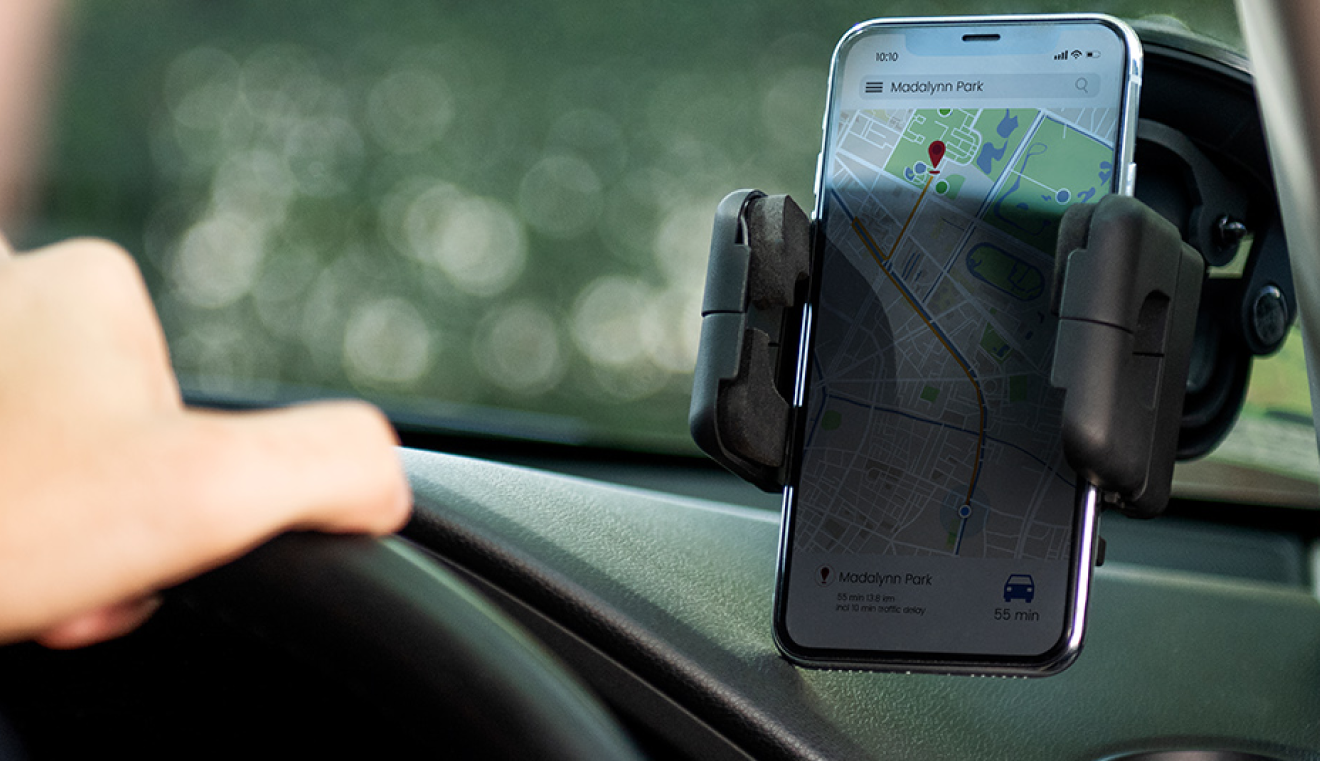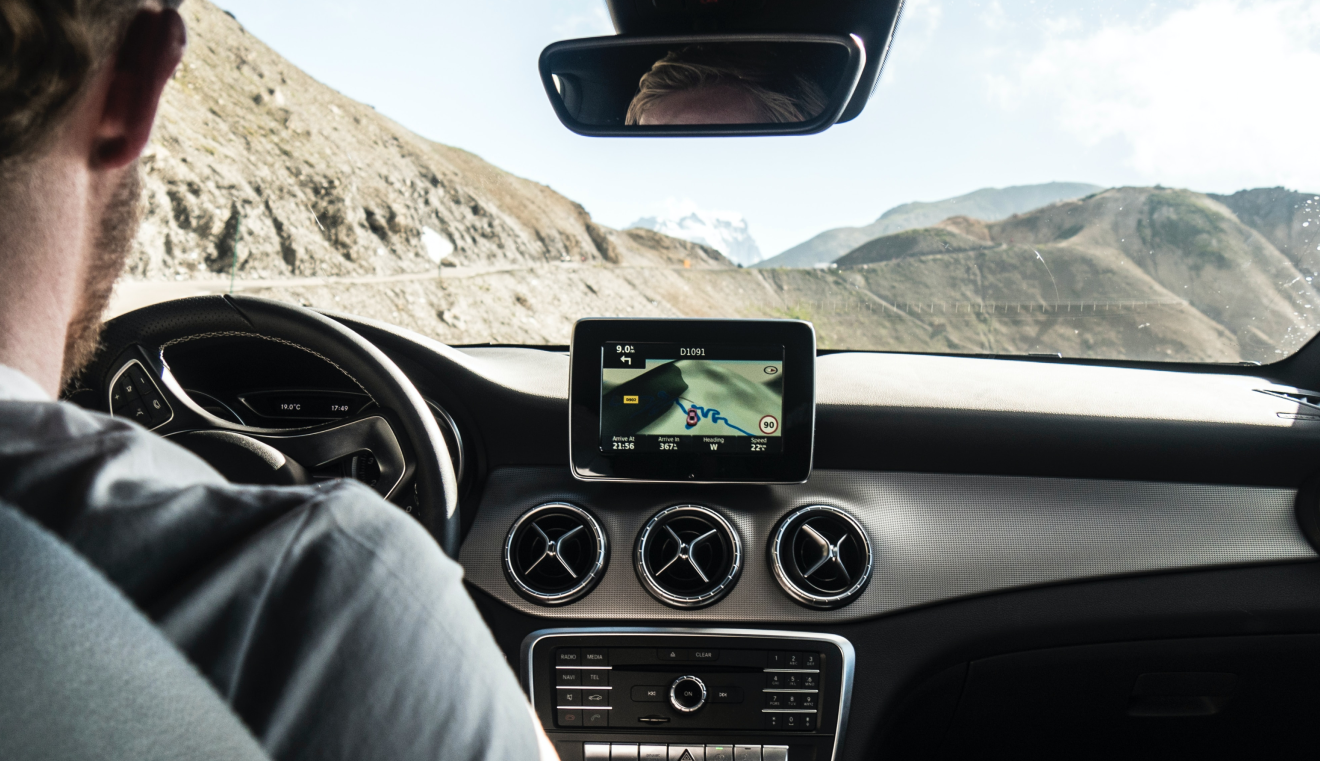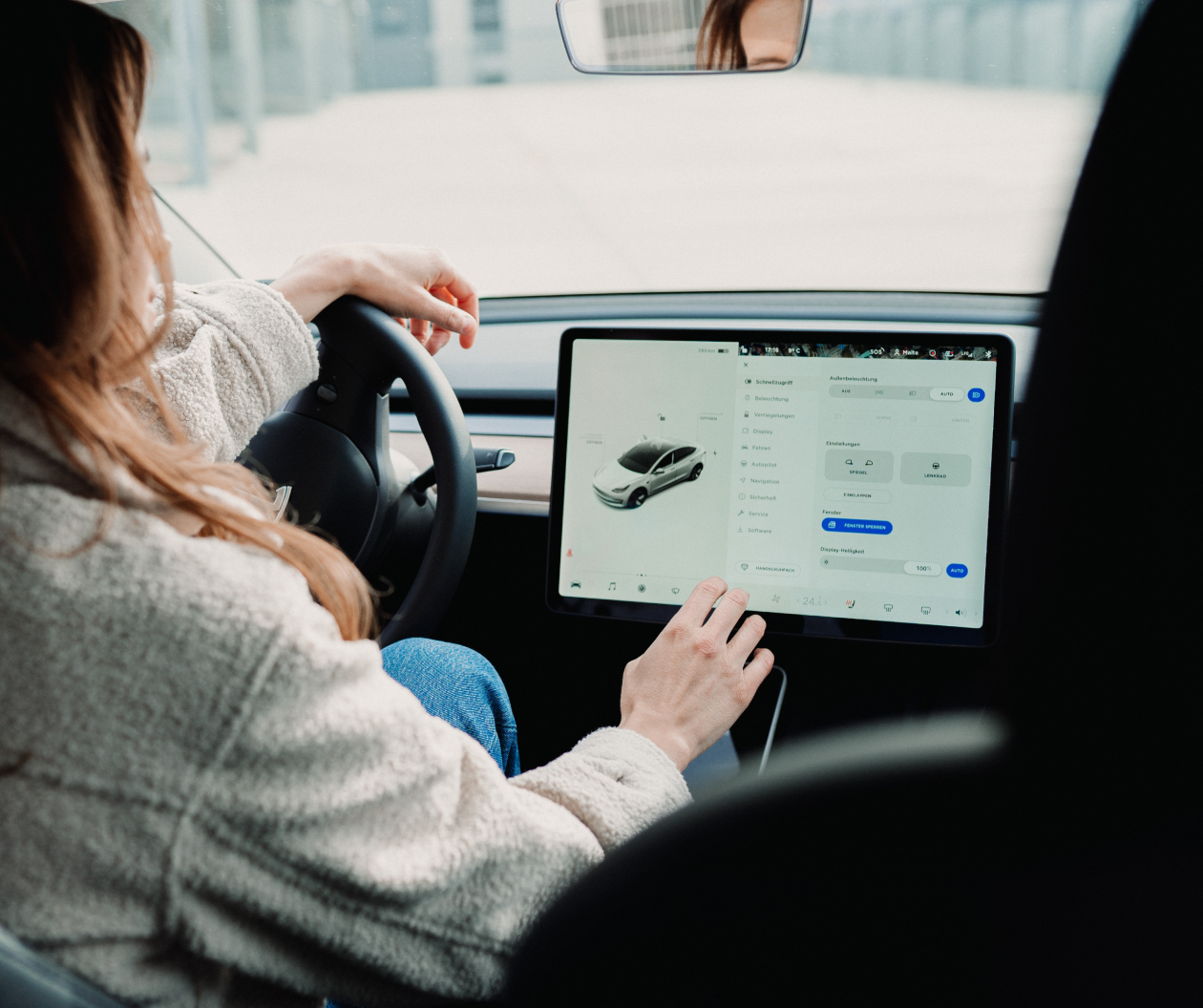Transport is the next industry to be digitized and vehicle makers need to be prepared. As the repository of all digital information, the infotainment unit is critical to digitization making it central to any digital vehicle strategy. Unfortunately, infotainment is at great risk of failing to engage users. We examine why and what needs to change.
Digital services in the vehicle
Today most users will buy a vehicle based on looks, comfort, safety, performance, and price with very little value being attached to how well the vehicle performs when it comes to digital services. However, this is beginning to change. As users spend more and more time on their smartphones, they also want to access their Digital Life when they are behind the wheel of a car. To create as much value as possible two issues need to be addressed.
First, the user’s digital experience in the vehicle has to be very different from that on a smartphone or tablet as the driver’s eyes and attention need to remain on the road.
Second, the circumstance of being on a journey and in motion offers a great opportunity to create value-added services for which users will pay.
Using all of the data that the vehicle generates and integrating it with Digital Life experiences and services that are specific to both the user and the journey represents a substantial opportunity for both brand development and monetization. Very much like smartphones, users will align themselves with the ecosystem that provides them the most value. Whoever addresses these issues the most effectively will be the entity to which the value being generated by the digitization of the vehicle will accrue. Thus, as it has in smartphones and tablets, the ecosystem will become the key battleground for those looking to preserve their position in the vehicle as well as those looking to earn revenue from it for the first time.
The Digital Vehicle
The digital vehicle is made up of three main components. These are infotainment, Controller Area Networks (CAN bus), and sensors. Modern vehicles have sensors everywhere – monitoring almost all aspects of the running of a vehicle, as well as providing highly accurate data about the vehicle’s surroundings. This data is gathered by the sensors and is communicated via 4 CAN bus networks: 1) Safety, 2) e-control (engine and systems management), 3) Body (windows, doors, cameras, etc.), and 4) infotainment. A CAN bus operates very much like a computer network and cuts down on wiring required while still allowing communication between different parts of the vehicle. The infotainment unit is where it all comes together. This is the one place where all four networks are physically present and can be bridged by a single unit. Furthermore, as the main driver interface with the machine, and the point where smartphone information is projected, the infotainment unit is the ideal place for the “brains” of the vehicle to reside.
There are many players vying for the driver’s attention but in the lead at the moment are the current digital ecosystems who seem to have a much better idea about how to delight users in the vehicle. To put it simply, the best infotainment unit today is the one in the driver’s pocket. However, it is far too early to rule the vehicle makers out as they are the gatekeepers of the essential sensor data that can turn a smartphone app running on a vehicle screen into something far more useful.
This is why the design of the infotainment unit is so important. The structure of the infotainment unit determines who has access to which data, and defines the limitations and functionalities of services and applications. The structure is not dissimilar to a smartphone or tablet, with a user experience sitting on top of an operating system and access to the vehicle’s core functions and data determined by the APIs between the OS and the application layer.
The third-party experiences that allow smartphone apps to appear on the infotainment unit are all similar in structure. Essentially, they take an application running on a connected smartphone and project it into the infotainment unit screen so it can be used in the vehicle. For example, this would include the ability to control the app with voice as well as with buttons and knobs on the vehicle that are not on the smartphone. The app appears on the screen of the infotainment unit but it is running on the smartphone. This is a key distinction as in this configuration, the apps have no access to the vehicle beyond that specified by the OEM leaving it in complete control of access to the sensor data. These services (CarPlay, Android Auto, SDL & CarLife) are simply projectors of smartphone apps and services and not integrated pieces of the digital vehicle itself.
The exception to this are third parties that are embedded into the vehicle maker’s software as these potentially have full access to the sensor data. The two most well-known are HERE and TomTom, both of which provide the map upon which the OEM navigation offering is based. Clearly, this is a business that is rapidly changing, as maps now need to be constantly updated and integrated with other data so as to keep pace with developments in smartphone offerings. These players are not seen as a threat as they are well-known suppliers to the industry. Furthermore, HERE is increasingly being seen as the focal point for all those players with an interest in keeping Google out of their businesses. These include both rival digital ecosystems and vehicle manufacturers which are right to be very cautious.
The infotainment unit is the place where the battle for the digital vehicle will be fought in the coming years.
While the ecosystem companies have the advantage in terms of user loyalty and usage on smartphones, the vehicle makers hold the key to making those services relevant, useful, and sticky in the setting of the vehicle. It is critical to their long-term outlook that they do not give away these keys needlessly.
The infotainment unit does not immediately leap to mind as a computer, but demand from consumers for digital services is rapidly pushing it in that direction. The infotainment unit is quickly becoming the brains of the vehicle and it needs to be able to communicate with the user in an easy and fun-to-use way. Furthermore, if vehicle companies want to see their vehicles really become hotbeds of innovation they need to encourage third parties to create services to run on their vehicles. Currently, most users prefer to use their smartphone services in the vehicle because what is on offer from the vehicle makers simply cannot live up to the experience of just using the smartphone.
In many ways, the state of development of the infotainment unit is exactly where smartphones were before the emergence of the iPhone. There are a number of reasons for this:
1. Technological pace
The infotainment unit is currently embedded into the vehicle. This combined with regulatory requirements means that specification of the infotainment solution is locked down 3 to 5 years before the vehicle comes to market. This means that by launch, the hardware specification is way behind what even the cheapest and worst-performing handsets are capable of. For example, some OEMs are using the NVIDIA Tegra 3 chipset which was released in 2011 and was used in high-end Android devices in 2012. The most recent chip that Star has found in an automotive infotainment unit in the market today is the TI OMAP 5 which was released in 2013. Another good example is Qualcomm’s win with PSA in 2017 where PSA announced that it would use the Snapdragon 820A in its models in 2020. The Snapdragon 820A is a variant of the 820 platform that was released for smartphones in 2015 This highlights again that it takes about 5 years for silicon to make it into the infotainment unit.
In practice, this means that a mid-range smartphone costing around $150 has more processing power, far better software, and more third-party apps than the infotainment system included in a premium luxury vehicle. Against this backdrop, it does not come as a big surprise that consumers would rather use digital services on a smartphone than the infotainment unit.

2. Endemic fragmentation
Each OEM has its own software that is completely incompatible with the software from any other manufacturer. It is also not uncommon for one manufacturer to have more than one software version that is used in different models. This is almost an exact replica of the situation in the handset industry before the 2007 smartphone revolution. Most vehicle makers base their software on BlackBerry’s QNX with one or two using Microsoft’s embedded automotive offering, or the tier 1 suppliers do it all themselves using Linux.
The end result is that every user experience is different and incompatible with anything else. While they all aim to emulate the user experience on the smartphone, what results is usually something that is very difficult to use and that most users are unwilling to learn. As users have an easier-to-use solution in their pockets, the smartphone remains their preferred choice. While the best infotainment unit available remains the one in the driver’s pocket, the vehicle makers are unlikely to make any headway at all with digital services.
This also creates a nightmare for developers ensuring that only those companies whose existence would be threatened by not being present in the infotainment unit have enough incentive to develop apps for these units. The two best examples of this are Sirius XM and Pandora, the latter of which has developed at least 20 different versions of its app in order to ensure widespread presence in the vehicle. The vast majority of developers will simply refuse to develop for any automotive infotainment units while this situation persists.
Star believes that the answer for the vehicle makers lies not in trying to copy the smartphone, (an experience that does not work very well in the car) but in developing a user experience that makes the most of both being present in the vehicle as well as the data that the vehicle generates to make digital services that are more useful and fun to use in that setting.
3. Business model
The OEM approach to monetizing the infotainment unit needs to change. Currently, vehicle makers charge large amounts of money for services that digital ecosystems give away for free. The simplest example is map updates which are often free for three years after purchasing the vehicle but only if the user subscribes to a service offered by the OEM that in many cases offers very little. For example, HERE’s business model of charging for updates looks dated as Google’s map is always up to date and is free for anyone who can download the app. Google makes its money from the data that the usage of its services generates and we suspect digital automotive services will also need to take this approach.
In effect, the vehicle makers are asking customers to pay high prices for lower quality services than they can get for free on smartphones. Unless this changes, users are likely to continue to use their smartphones rather than the infotainment unit, thereby ensuring OEM digital commoditization. For automakers to survive in this space, these sorts of business models need to be discarded as soon as possible. Failure to do this is likely to ensure that someone else will (Google) resulting in the loss of customers.
The most precious commodity going forward will be the data that users generate which, combined with insights drawn from the sensor data of the vehicle, could allow the vehicle makers to create must-have services – thus ensuring their digital differentiation. We believe that this could generate far more value for the vehicle makers in terms of insight and loyalty than the revenue generated by their current substandard subscription services. Offering free services in return for access to data, as well as permission to update software in the infotainment unit remotely, is likely to result in vehicle makers having much higher quality services. This in turn will lead to happier customers that are more likely to stick with their brands the next time they buy a vehicle.

10 years of automotive excellence
The innovation departments of many of the world’s most well-renowned OEMs have drawn on Star's expertise in co-creating their digital services. Over the last ten years, we’ve had a hand in cutting-edge experiences that are familiar to drivers the world over and built prototypes that have informed the development and direction of crucial strategic initiatives.

